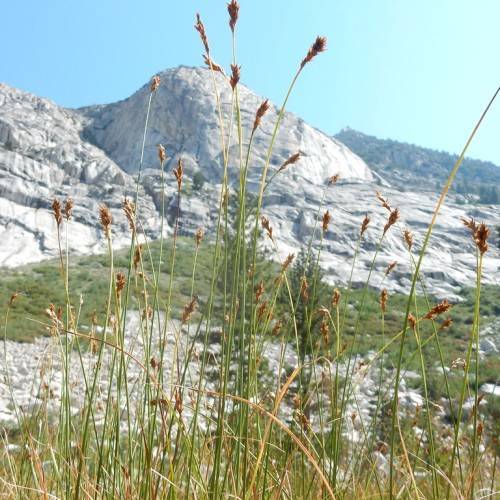
Dunhead Sedge
Carex phaeocephala
Also Known As - Mountain Hare SedgeWatering:
Frequent
Hardiness Zone:
Sun:
Sun
Soil:
Sand
Leaf:
Yes
Growth Rate:
Low
Drought Tolerant:
Yes
Salt Tolerant:
Yes
Care Level:
Easy
watering
Watering for Rockdwelling Sedge should be done once every other week. On the weeks you water, water generously to ensure the soil and root system get thoroughly dampened and moisture is distributed evenly. Ensure the soil is drained well so it does not become waterlogged and soggy. To gauge the amount of water, check the soil 2-3 inches below the surface. If the soil is dry, then the plant needs more water.
sunlight
Rockdwelling Sedge (Carex petricosa var. petricosa) prefer partial sun in locations where they receive 6 - 8 hours of direct sunlight daily. The best times of day for sunlight are from 8 am to 10 am in the morning and 3 pm to 6 pm in the afternoon. They should be sheltered from the intense afternoon heat of the sun which can occur during peak summer months.
pruning
Rockdwelling Sedge should be pruned in mid- to late-spring as new growth begins to emerge. Prune off dead leaves or shoots to keep the plant looking neat and tidy; however, avoid taking off more than a third of the plant. Remove any dead, damaged, or diseased stems and leaves. Pruning will help maintain foliage shape and increase plant vigor. Deadhead any flower stalks after flowering to prevent seeds from developing and spreading to other areas. It is best to avoid cutting back older, more established stems unless it is necessary for the health of the plant.
